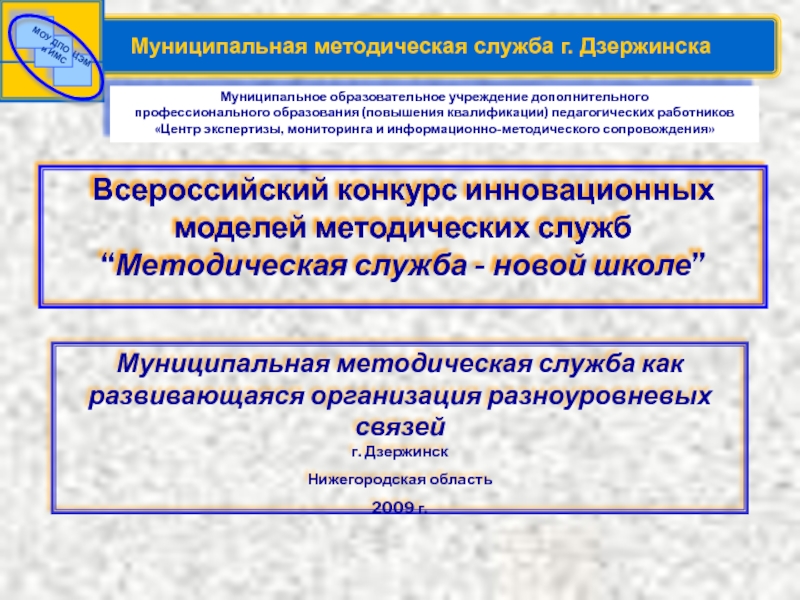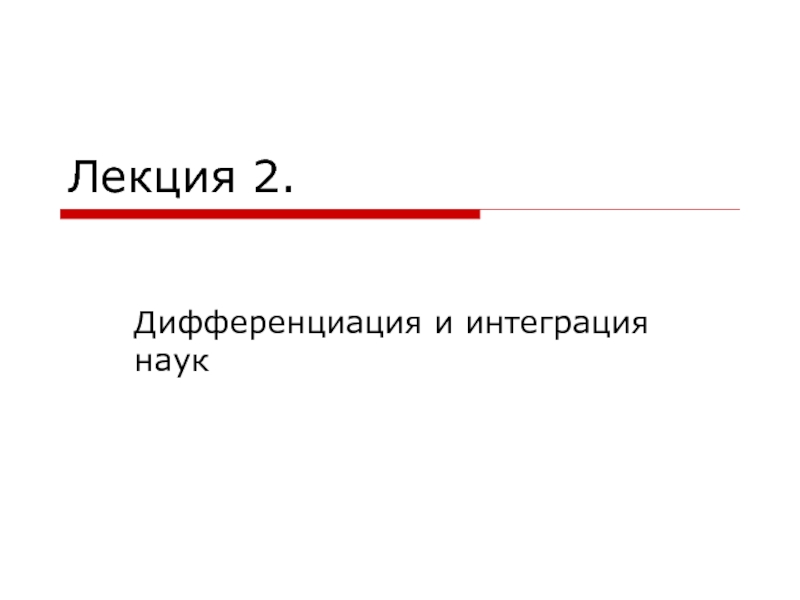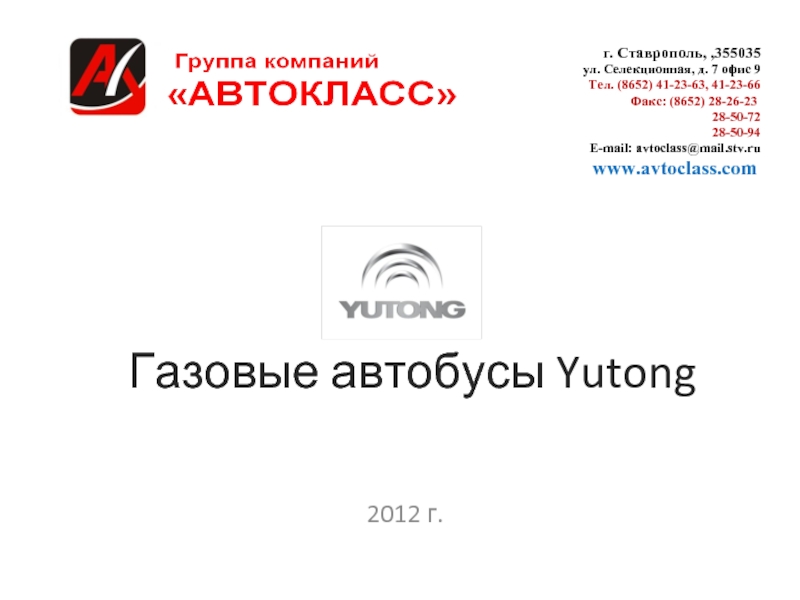Once the cut and cover system of construction had been abandoned, new lines from the 1880s in central London and the inner suburbs have been built in twin tunnels some 20 metres underground, where a layer of clay made excavation relatively simple. The first such line was the City and South
rail service and an onward rail link for passengers arriving at Paddington, Euston and King's Cross main line stations to the City of London.
By the end of 1868 another company, the Metropolitan District, had opened a line between Westminster and South Kensington, where it linked up with a branch line built by the Metropolitan Railway from Edgware Road. Extensions
eastwards by both the District and the Metropolitan enabled the Circle Line of today to be completed by 1884. All these lines were built by the cut and cove method, which involved excavating a trench - usually in the middle of a roadway - then covering the tracks with a brick-lined tunnel and finally restoring the surface.
By the end of the 19th century, the cut and cover system had been abandoned in central London because of the disruption and traffic congestion it caused during construction.
The oldest section of today's Underground in fact predates the Metropolitan Railway by 20 years. The Thames Tunnel between Rotherhithe and Wapping, the first such structure under water anywhere in the world, was built by Sir Marc
The method they adopted was similar to coal mining, sinking vertical shafts and then excavating the tunnels from within a metal shield. It is a tribute to the Brunels that major refurbishment to the tunnel fabric was only needed during 1990s. Although it was designed for horse-drawn traffic, it opened in 1843 for pedestrians only, became a railway tunnel in 1869 and now carries the East London Line under the Thames.
London Railway, which ran for 5.2 km (3.25 miles) from
King William Street in the City under the Thames to Stockwell. This was planned as a cable-hauled railway, but it opened in1890 as the world's first deep-level electric railway. This and subsequent similar lines have since always been known as tube railways.
The Waterloo & City Railway, also passing under the River, opened in 1898,
Many tube stations were used as shelters during bombing raids. After the war, the Central line scheme was completed, with the new tunnels to Newbury Park opening in 1947, and the extensions to West Ruislip and Epping opening in 1948 and 1949 respectively.
In 1870, another railway under the Thames opened with a cable-hauled line between the Tower of London and Bermondsey.
followed two years later by the Central London Railway, known as the “Two-penny Tube", from Shepherd's Bush to the Bank. Its popular name came from its fare of 2d (just under 1p) for any
length of journey. Early this century, three American-financed tubes were built.
The first new tube line in central London since 1907, the Victoria Line, was opened in 1969, with the southern extension to Brixton following in 1971.
The Underground expanded rapidly between the wars, reaching Ealing Broadway in 1920, Edgware in 1924 and Morden in 1926. 1933 saw the Piccadilly extended to Uxbridge and Cockfosters, and the District to Upminster.
Brunel and his famous son, Isambard.






